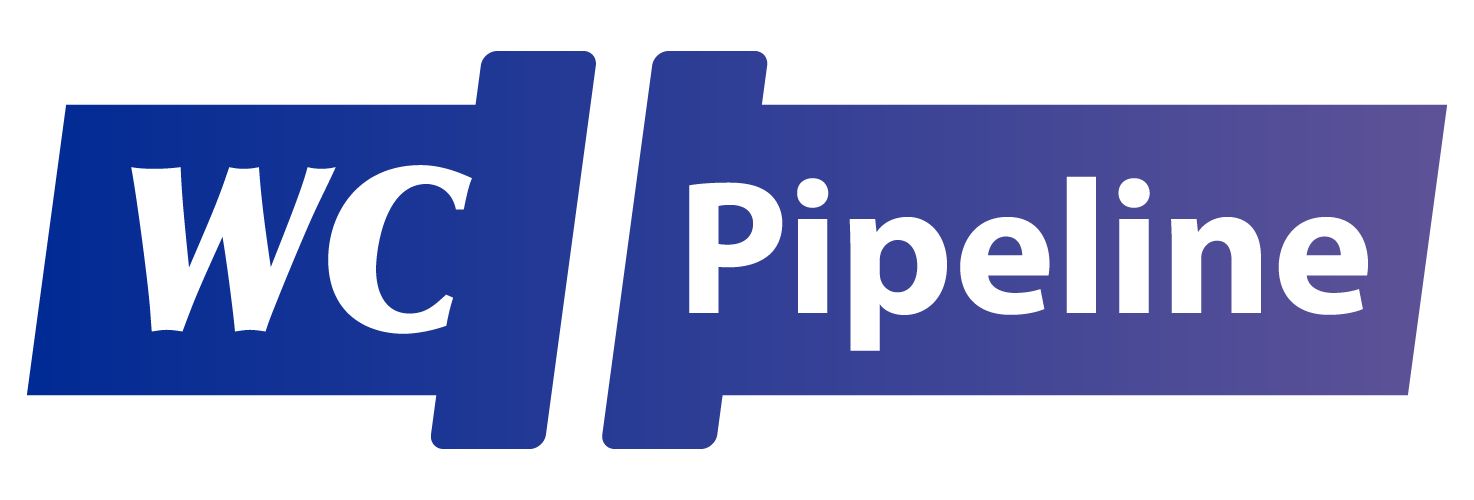The oil and gas industry relies heavily on pipelines to transport resources and products from one area to another. Unfortunately, as with any type of infrastructure, leaks can occur in these pipelines, causing costly damage to the environment and the economy. For this reason, it is essential that these pipelines are regularly inspected and maintained to ensure they are operating safely and efficiently.
One of the most important parts of this process is leak detection and repair. Leak detection is the process of identifying and locating leaks in a pipeline system. This can be done through visual inspection, listening for leaks with specialized equipment, or using sophisticated sensing devices. Once the leak is identified, repair can begin.
Repairing a leak in a pipeline can be a difficult and dangerous task. Depending on the severity of the leak, the repair can range from a simple patch job to a full replacement. For a patch job, the process includes cleaning the area around the leak, applying a sealant to the area, and then re-pressurizing the pipeline. For a more serious leak, a full replacement may be necessary, which can involve cutting out the damaged section of the pipe and replacing it with a new one.
In order to prevent major repairs, regular inspections of pipelines can help pinpoint potential issues before they become major problems. This includes visual inspections, acoustic leak detection, and other methods such as pressure testing, ultrasonic testing, and infrared imaging. Regularly inspecting a pipeline can help identify issues before they become major problems.
Leak detection and repair are essential for the safe and efficient operation of a pipeline system. By regularly inspecting pipelines, any potential issues can be addressed before they become major problems. This helps to reduce the risk of environmental damage, economic losses, and safety concerns.
